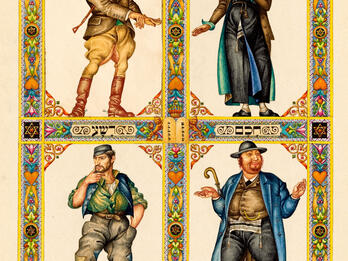Purim Spiel (Purim Play)
Yankl Adler
1931
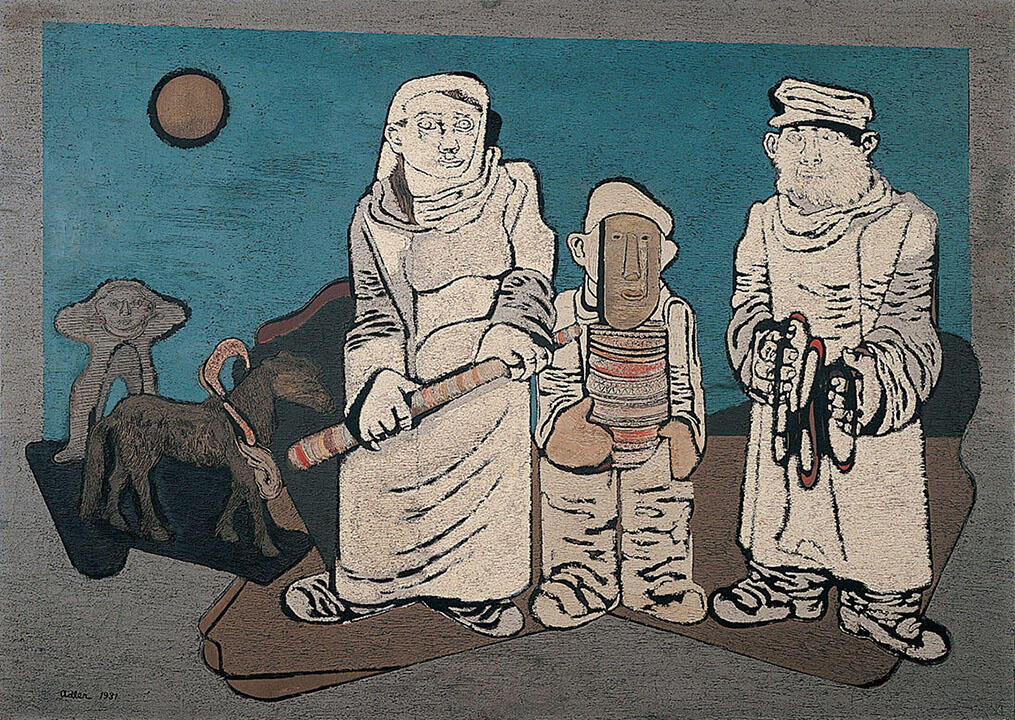
Creator Bio
Yankl Adler
The painter Yankl (also Jankel) Adler was born in Tuszyn (now in Poland) into a Hasidic family. He studied engraving in Łódź in 1913 and received further training in Germany. He later moved back to Łódź and helped to launch the Yung-yidish cultural movement, championing the themes and stylistic features of German expressionism. In 1920, he moved back to Germany, aligning himself with the left-wing avantgarde. His pictures from the Weimar period include no Jewish references. He lived in France from 1933 to 1940 and then fought with the Polish Free Army before being evacuated to Scotland in 1941. He eventually moved to London. He returned to painting Jewish themes in the 1940s, and his work frequently registers the suffering of European Jewry during the Nazi years.
You may also like
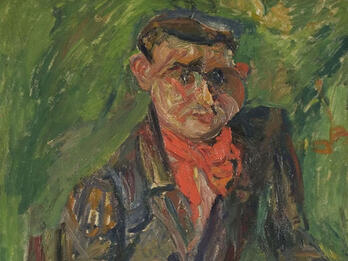
Portrait of Moïse Kisling
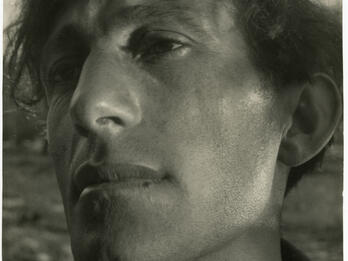
Jew from Poland
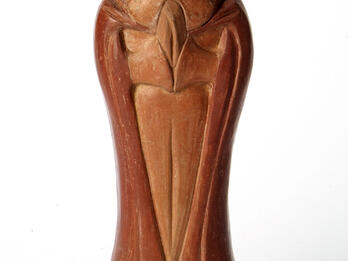
Moses’ Death

The Collector

Roaring Lion
